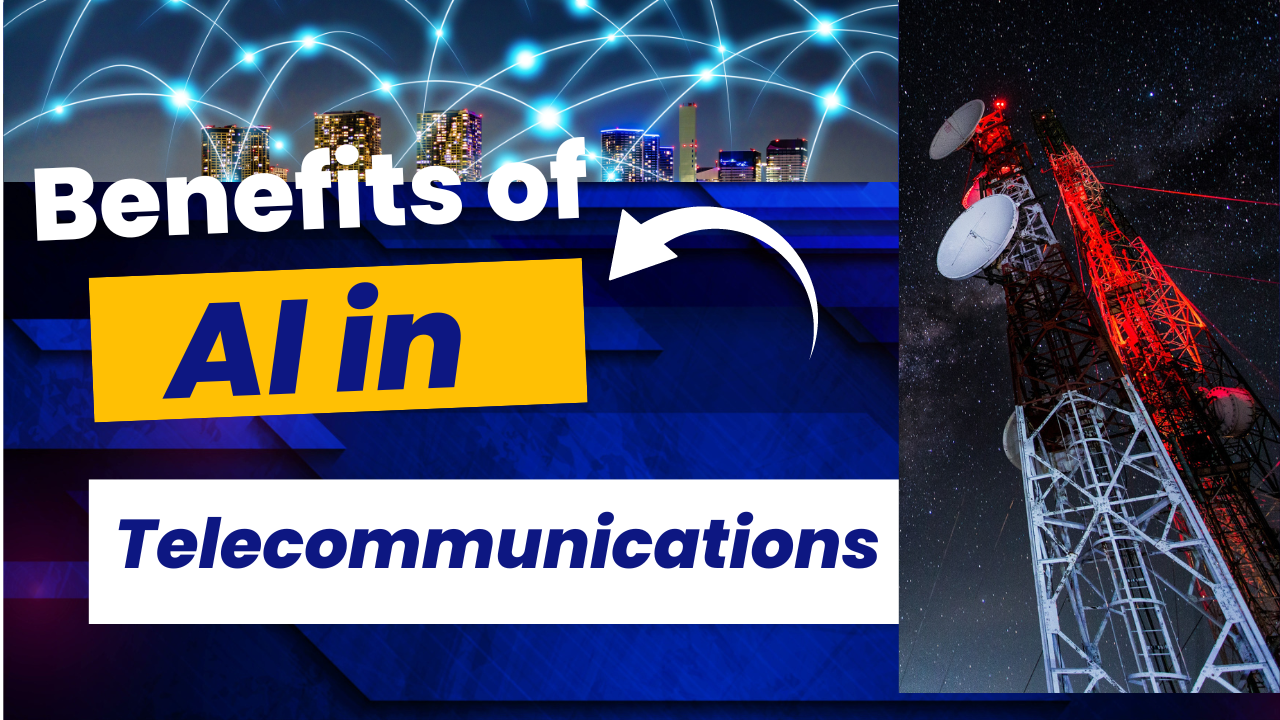ICTpost Education Bureau
Digital India has been envisioned as an ambitious umbrella programme to transform India into a digitally empowered society and knowledge economy. Prime Minister has introduced initiatives such as e-education, e-basta, Nand Ghar which will impart education using technologies including smartphones, mobile apps and internet services in far-flung areas where it may not be possible for teachers to be present in person.
Here we are presenting roadmap for reforms in Indian education system in the context Digital India mission:
Step 1: Invest in People and education systems. First of all, it is most important to have the right people and system in place. Countries should continue to train teachers to effectively integrate ICT into classrooms. Intel’s Chairman Craig Barrett pointed out, Computer aren’t magic, teachers are. Putting the right technology tools and teacher training in place is critical in today’s global knowledge economy. Via the Intel Teach Program, we have trained over 5 million teachers in over 40 countries to effectively integrate technology into the classroom. Countries should also focus on training government leaders, education decision makers, curriculum designers, evaluators and school principals so that they can build the right policy, standards and support systems.

Step two: Provide equal opportunity This needs to be done by providing affordable access to technology through government financing, interesting local content, outreach to rural areas and developing private public partnerships. Providing equal opportunities, such as access to and use of technology, to lower income groups (disadvantaged socio-economic groups) through proactive publicprivate partnership is also very important.
Step 3: Implement key policies In order to succeed, implementing holistic and integrated policies that foster universal equity and access to ICT is key. In many countries the telecom companies are subsidising the cost of netbooks so that they are available to consumers at a very low or no cost at all. Some may charge only cost of Internet connectivity. Many countries have reduced or eliminated taxes for PCs used in schools. It is important to remember that even reducing VAT or even providing low or no-cost PCs reduces the
digital divide.
All schools should have free access to the Internet
Governments can support the cost of Internet access outside of schools with programmes such as universal service funds, telecom provider initiatives, competition-neutral direct public subsidies or aggregating demand of schools and other relevant institutes in a given community. Depending on the country and its particular situation, the sources for funding can include national budgets of governments, charges on interconnecting services, levies on subscribers (e.g. on access lines) and levies on operator revenues. Funding from international development agencies is also an option.
Competitive telecommunications markets are necessary to allow for affordable internet access
Developing countries will not be able to integrate into the global knowledge economy unless their citizens, schools and businesses have affordable Providing equal opportunities, such as access to and use of technology, to lower income groups (disadvantaged socio-economic groups) through proactive public-private partnership is also very important Internet access. Evidence from across the world has shown that competition through the liberalisation and privatisation of telecommunication markets drives down prices. Flexible, technology-neutral radio spectrum policy can also spur competition by allowing new, breakthrough wireless
technologies to enter the market. At the same time, these governments should seek to embrace innovative technologies such as broadband wireless and voice-over-IP.
Teachers have a higher level of productivity because they are now able to share work and collaborate across the country. This allows them to get faster access to information resources, and spend less time in creating higher quality learning material that can be accessed by students over the wireless LAN. Career satisfaction among teachers has increased, while students analytical and communications skills have greatly improved.







